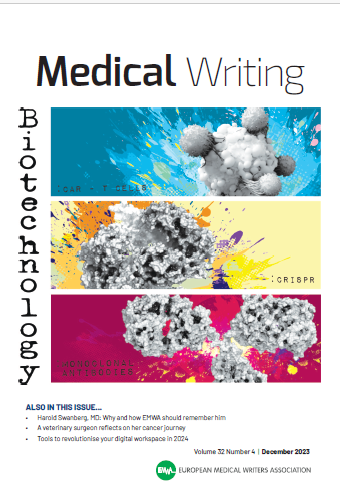
Volume 32, Issue 4 - Biotechnology
Psychotropics: A scientific, regulatory, and public view on the medicinal uses of cannabinoids and psilocybin
Author: Ivana Turek
Abstract
Research on psychotropics is gaining more popularity worldwide and support from drug regulatory agencies, which recognise the unmet medical needs of certain patient communities, such as patients with mental disorders and patients with cancer who experience depression. Cannabinoids and psilocybin have shown promising results in preclinical studies and clinical trials, but the current clinical evidence is scarce, and the regulatory requirements are strict due to high potential for drug abuse. The US FDA has recently released a draft, non-binding guidance on clinical trials with psychedelics. Europe is currently falling behind the US and Canada in terms of regulating psychotropic substances. The article provides a general introduction on conducting clinical trials with psychotropics and the regulatory requirements (as of October 2023) when submitting marketing authorisation application. In the near future, as more data becomes available, research on psychotropics will definitely shape the European regulatory landscape.
Medical Writing. 2023;32(4):30–38. https://doi.org/10.56012/tsen2260
 Download the full article
Download the full article
Search
Articles
Links
Editoral Board
Editor-in-Chief
Co-Editors
Senior Editor
Victoria White
Managing Editor
Alicia Brooks Waltman
Associate Editors
Section Editors
AI/Automation
Biotechnology
Digital Communication
EMWA News
Freelancing
Gained in Translation
Getting Your Foot in the Door
Good Writing Practice
Pablo Izquierdo / Alison McIntosh
In the Bookstores
Publications
Medical Communications/Writing for Patients
Medical Devices
My First Medical Writing
News from the EMA
Pharmacovigilance
Regulatory Matters
Regulatory Public Disclosure
Louisa Ludwig-Begall / Sarah Kabani
The Crofter: Sustainable Communications
Veterinary Writing
Editors Emeritus
Layout Designer
Chris Monk
 Visit the EMWA website
Visit the EMWA website